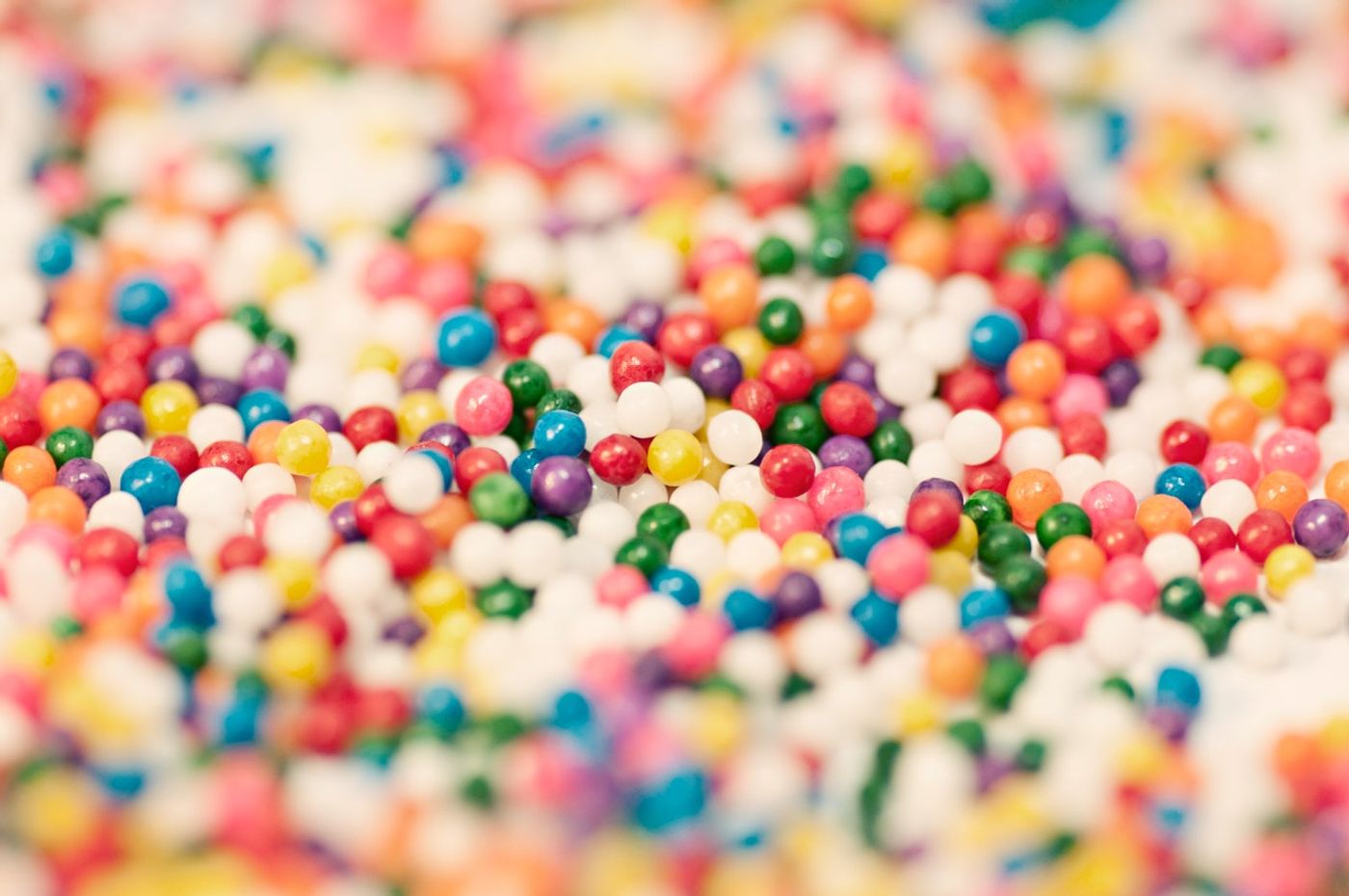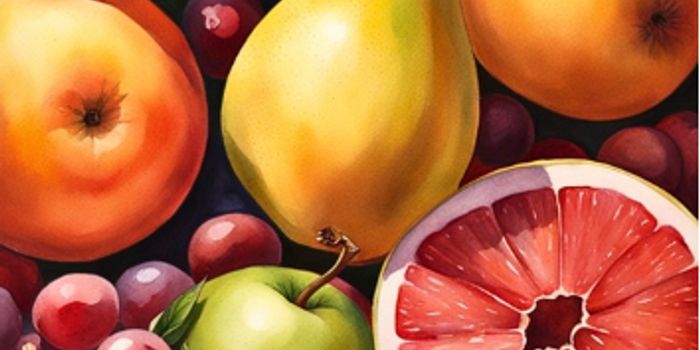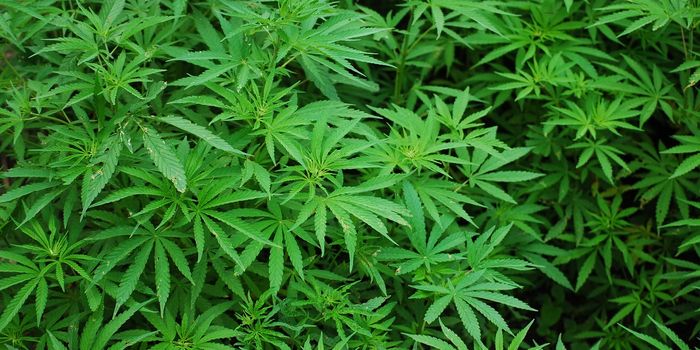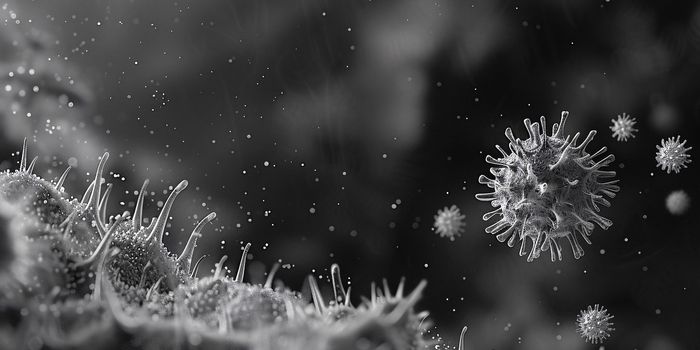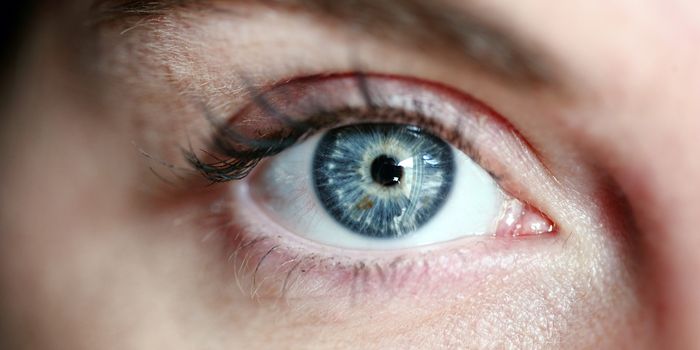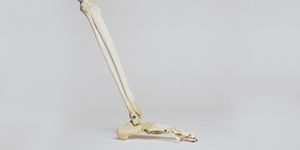Sweet Escape: A Sugar Molecule Helps HIV Remain Incognito
HIV is a master of disguise. Once the virus enters the body, it has a number of sophisticated mechanisms through which it blends in with other cells, completely evading detection by patrolling immune cells. Therapies that can expose the virus and kill infected cells would offer hope (and perhaps even a cure) for HIV and AIDS. First, scientists have to uncover all of the virus’ molecular tactics for immune evasion.
A recent study in PLOS Pathogens details how a team of scientists from The Wistar Institute has identified a critical clue in their hunt for next-generation HIV vaccines and therapeutics. They took a closer look at sialic acid—a form of sugar molecule known to act as an on/off switch for natural killer (NK) immune cells. NK cells are in the same family as T and B cells but have very specialized roles for recognizing and eliminating tumor cells and virally-infected cells. Sialic acid binds to special receptors on the outer surface of NK cells known as siglecs, which signals NK cells to halt their attack.
“We thought, ‘is it possible that these HIV-infected cells are using this interaction — covering themselves with these sugars to evade the natural killer immune surveillance?” said Mohamed Abdel-Mohsen, one of the scientists in the study.
Through a series of experiments, Abdel-Mohsen and colleagues confirmed their suspicions, showing that HIV uses sialic acid to remain hidden in host cells by inhibiting NK cell function.
Fascinatingly, the team developed an ingenious countermeasure against HIV’s sneaky evasion tactics. The scientists created a therapeutic molecule consisting of an anti-HIV antibody (to target compromised cells selectively) attached to an enzyme called sialidase that cleaves sialic acid sugars from the cell surface. This conjugated molecule proved to be a success: NK cells honed in on the HIV-infected cells and promptly stamped them out, leaving healthy, uninfected cells unscathed.
According to the researchers, this therapeutic approach isn’t limited to HIV but may also prove to benefit other infectious diseases that have a strong immune evasion component, including hepatitis and COVID. In the next phase of their research, Abdel-Mohsen and team explore similar classes of sugar molecules on HIV that may bear similar functions in helping the virus thrive.
-
APR 30, 2024Immuno-Oncology Virtual Event Series 2024
-
MAY 07, 20243rd International Biosecurity Virtual Symposium
-
JUN 06, 2024The Future of Scientific Conferencing
- See More
